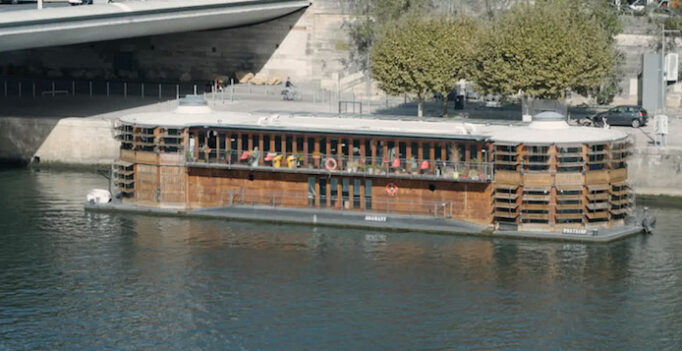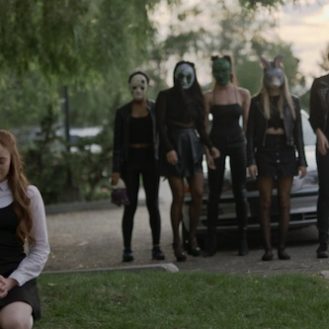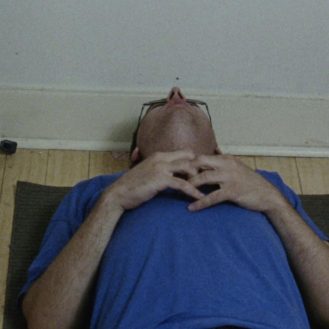On the Adamant, the latest endeavor from French documentary filmmaker Nicholas Philibert (The Land of the Deaf, Each and Every Moment, Nénette), is an almost deceptively subtle film. Following staff and clients of a psychiatric day centre on a floating structure in the Siene River in central Paris, On the Adamant combines slow, languid shots of the river (and the city that surrounds it) with interviews and scenes of the centre’s daily activities where patients paint, play music, write, and share their stories.
What sets this film apart from other documentary and non-narrative explorations of mental illness on screen is its insistence on framing those who use the Adamant’s services as people first, and patients second. In fact, the distinction between “patients” and healthcare workers is not immediately clear to the viewer. Philibert foregoes exposition in favor of a more naturalistic approach, letting the viewer understand what the centre is and does through observation and interviews. It is only as the film unfolds and we see people interact in different situations and settings that we come to understand each person’s role.
But we also come to see that these blurred lines between “patient” and “healer” are built into the Adamant’s programming itself. Far more than just a unique and tranquil setting, the Adamant is also a space where people gain skills, make friends, come together with community, and build confidence. This becomes explicit in a scene late in the film when a woman who has been a regular at the centre requests to lead a dance workshop. Though the healthcare workers present admit they are reluctant to let a “patient” lead a workshop, they don’t completely shut down the idea either, leaving the topic open to further discussion.
While the lack of exposition could be a barrier for some viewers, it also helps to subvert our expectations. The “patients” of the Adamant are introduced in ways that emphasize their humanity and downplay their illnesses and challenges. In their own words, they describe what their lives are like and how they have benefited from their time on the Adamant. This approach allows the viewer to see a side of mental illness that might otherwise remain hidden behind a veil of stigma and social prejudice.
On The Adamant is not a flashy film. Expect soothing shots of the barge at sunrise and ducks slowly paddling on the Siene. Some viewers may find the lack of action and exposition frustrating. But, if you take a deep breath and find a place of patience and stillness in yourself, you will find a rare portrait of a rare community — one that is exploring new ways to care, create, and be.
**********
Do You Tweet? Follow These Tweeple:
Shannon Page: @ShannonEvePage





Be the first to comment